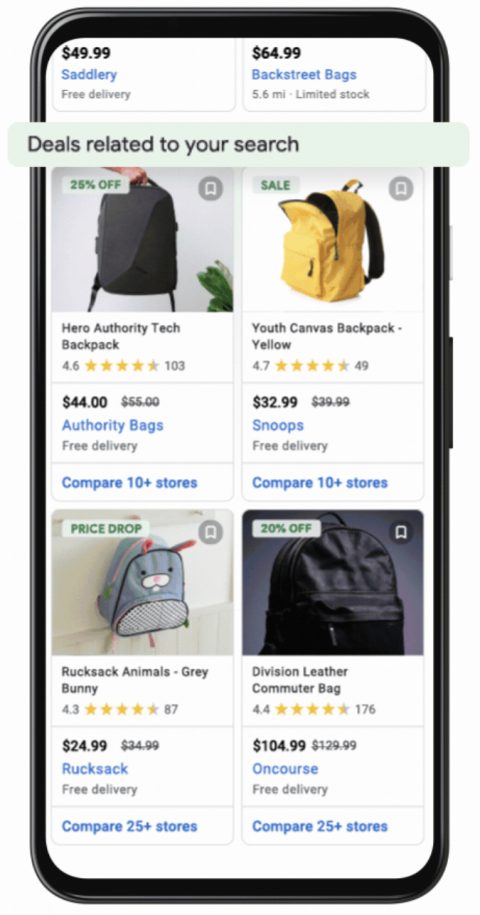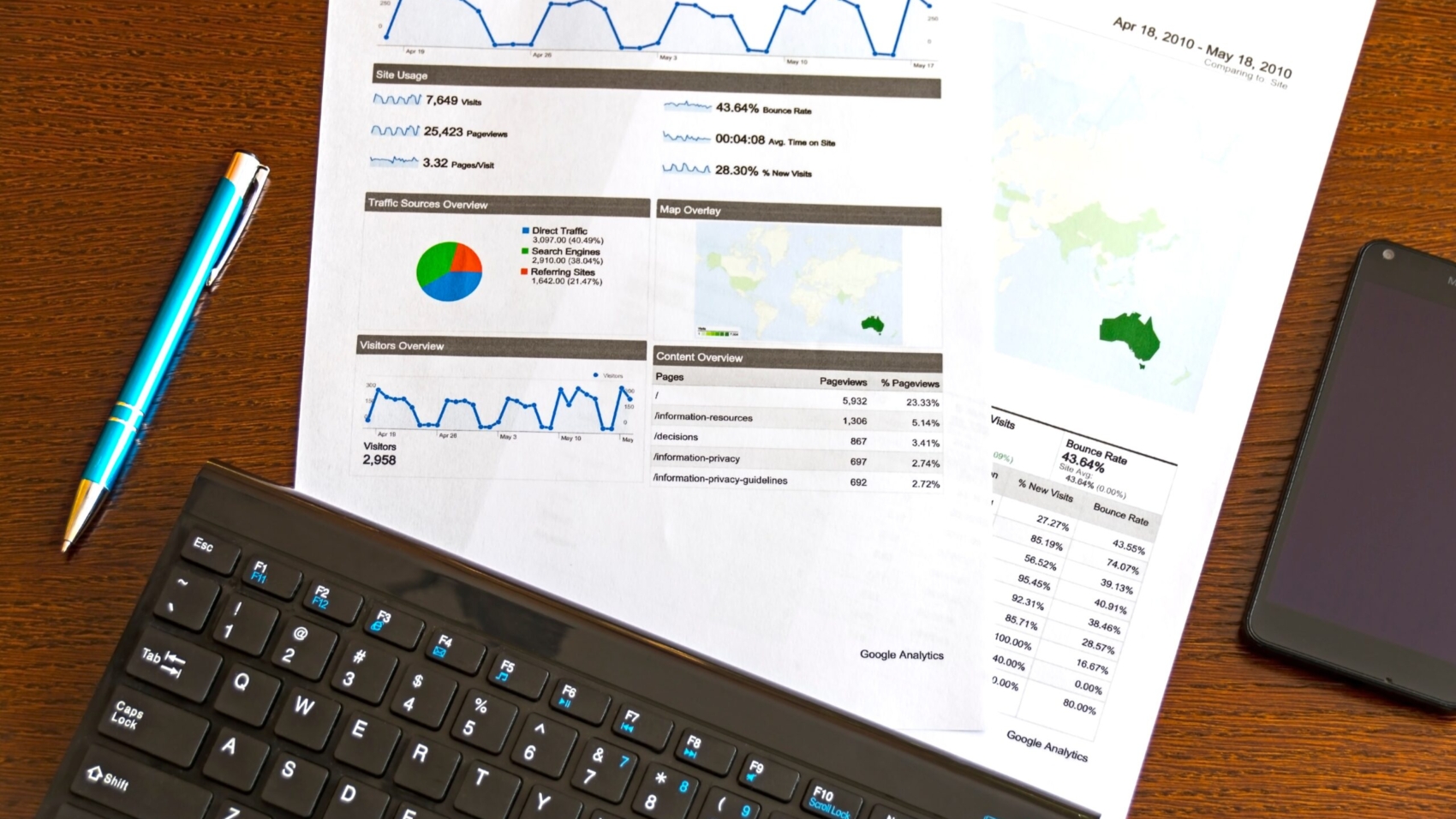Google’s latest offering for e-commerce businesses is an option to list deals within search results. The tool is free for all merchants and takes advantage of the fact that today’s consumers are looking for ways to save money when they shop.

This launch may sound like a win for brands, but is it really? Google is almost universally beloved by consumers as a search platform, but as a merchant or advertiser, the story is a little bit different. Because Google’s focus is providing a positive search experience—and increasing its own revenue—it doesn’t always favor businesses on the other side of the equation.
With each new feature, it’s important to look beyond the initial praise to understand what the change really means for businesses. Here’s what we know about the free deals listing so far.
First, the deals will show up in the regular shopping tab, allowing consumers to monitor one single location for all relevant products. The difference is that the tab will now show product listings that are discounted, highlighting the savings with a green tag in the top left corner of the listing.
Google also announced that in October, it will use this same feature to highlight the best deals for Black Friday, Cyber Monday, and other significant shopping moments throughout the year.
Unfortunately, even with a discount loaded into your product listing, there’s no guarantee that Google will display your offer to consumers. Its algorithm will still take into account other factors like the product’s popularity, your site’s popularity, and how significant the discount is. This could mean that despite taking the time to update your listings, you won’t see any results from the change.
With all this in mind, here’s our take: Because the tool is completely free for merchants to use, there’s very little downside to running a few tests and monitoring how the deals tool performs for your products. If you already have shopping campaigns set up, setting up the deals feature for a few of your bestsellers should be a simple update. Just make sure to test a variety of products and discounts to understand what works best for your brand.
If you decide to go this route, now is a great time to get started. You may still be able to take advantage of early adopter benefits before the tool is widely used by your competitors. You’ll also have time to learn how to optimize your use of the tool before we hit holiday shopping booms. At that point, you’ll be in a prime position to capitalize on your (hopefully) increased return.
We’re really hoping this tool gains traction and Google delivers on its promise, but we haven’t forgotten how Google’s first organic search tool was affected (and organic results were diluted) when it expanded from three paid search results to four.
So, will this remain a free deal listing, or will it just be an experiment for a future paid extension? Only time will tell. Drop a comment bellow on your thoughts.
In the meantime, since it’s free to implement, try it out and see what you find. We’d love to hear from you if you have any interesting takeaways from your experiments. As always, we’ll continue to monitor the landscape and report back with any updates or changes over time.












